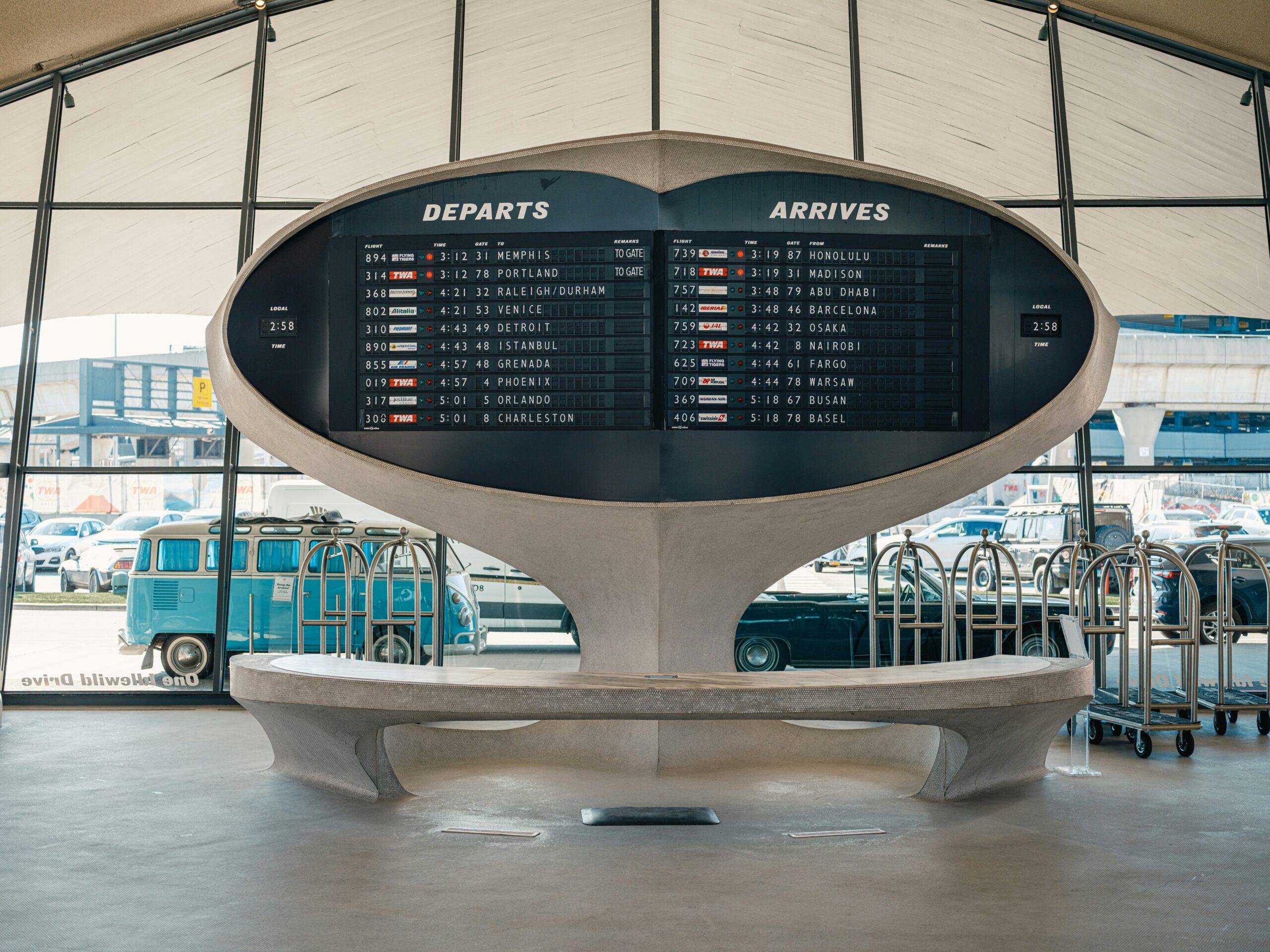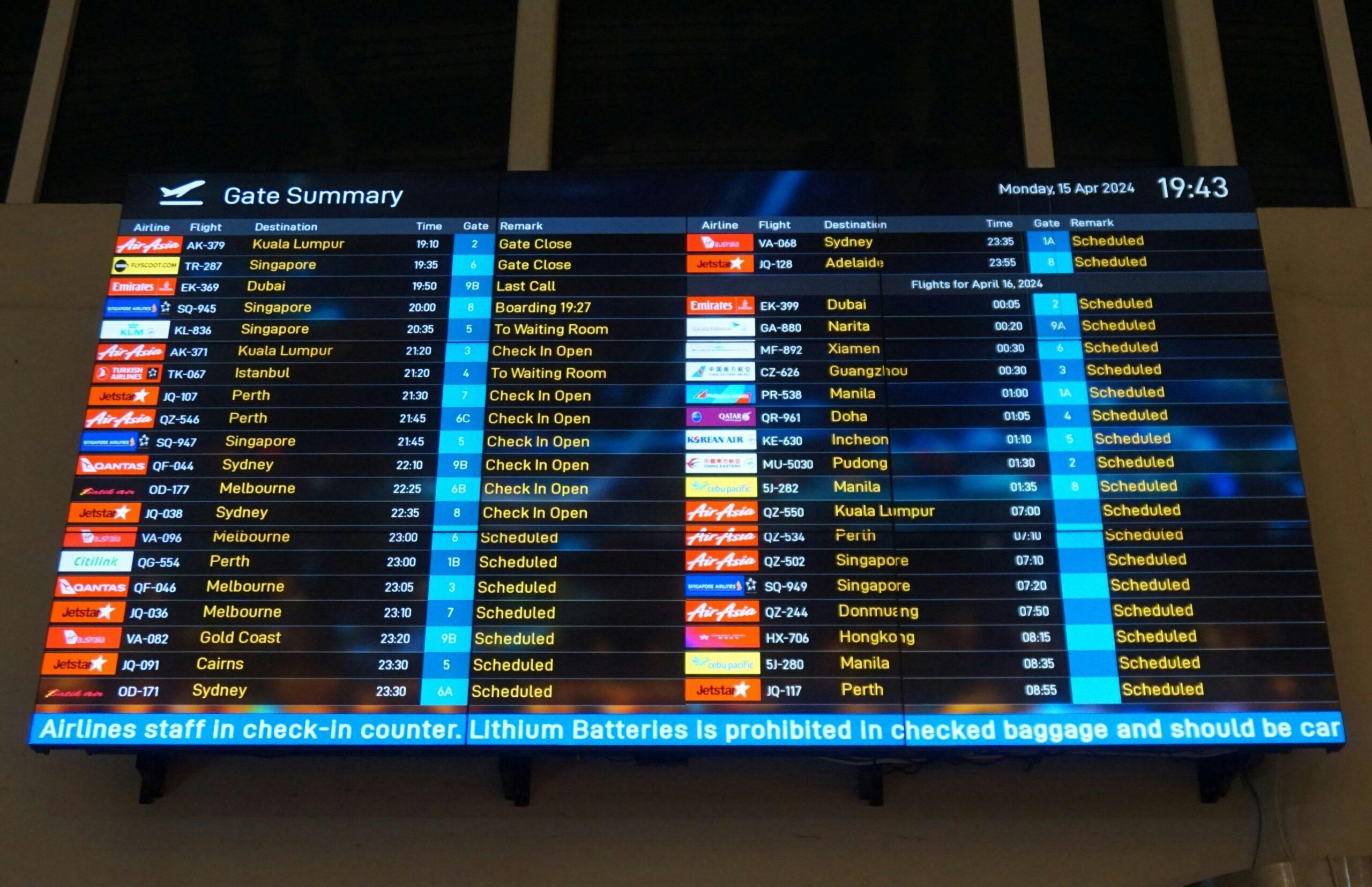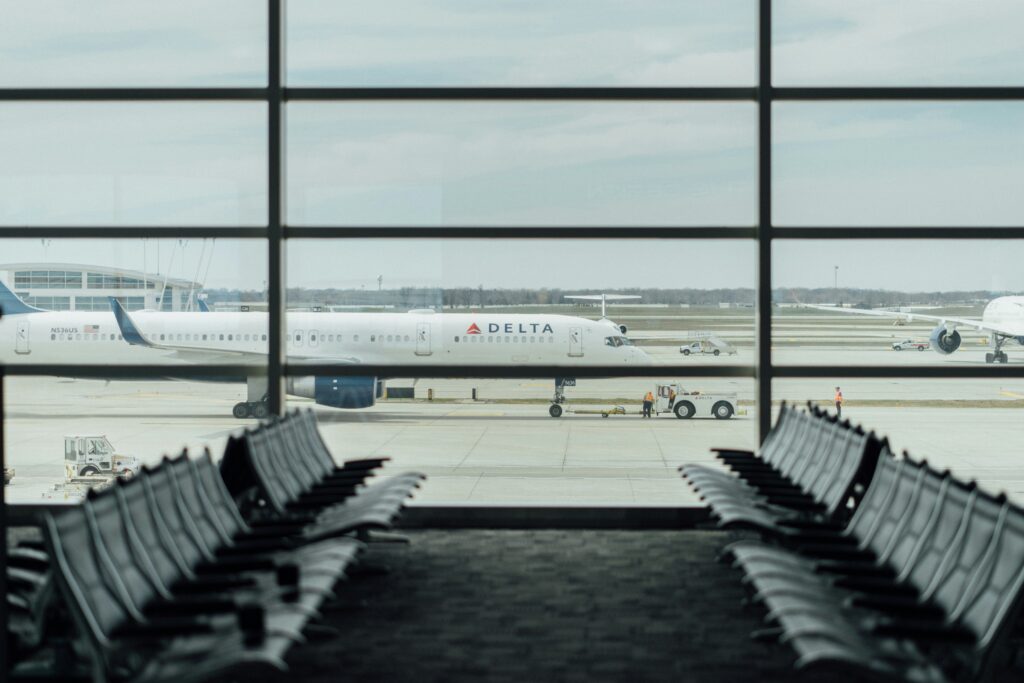“Ever been stuck at an airport for hours, only to realize your travel delay insurance could’ve saved you—if only you’d known about delay notification systems?”
If you’ve ever experienced the sinking feeling of a delayed flight or missed connection, you’re not alone. According to recent studies, over 20% of travelers face significant delays each year. And when it happens, having the right tools—like an effective Delay Notification System—is crucial for making sure your travel delay insurance pays out. In this post, we’ll explore how these systems work, why they matter, and actionable tips to ensure you never miss a claim again.
Table of Contents
- Why Delay Notification Systems Matter
- How Delay Notification Systems Work
- Step-by-Step Guide to Mastering Them
- Best Practices for Using Delay Notifications
- Real-Life Examples & Case Studies
- Frequently Asked Questions
- Conclusion
Key Takeaways
- Delay Notification Systems are vital for filing successful travel delay insurance claims.
- These systems alert you in real time about qualifying delays so you can act fast.
- Avoid common mistakes like ignoring updates or failing to document proof.
- Use apps, alerts, and email notifications strategically to stay informed on the go.
Why Delay Notification Systems Matter

Here’s the cold truth: most travelers don’t even know their insurance policy exists until it’s too late. I learned this the hard way during my trip to Tokyo last summer. My connecting flight was delayed by six hours—but because I hadn’t enabled any kind of delay notification system, I missed the window to submit evidence for my claim. *Facepalm.*
This isn’t just about convenience; it’s about protecting your wallet. When your flight gets delayed beyond the threshold set by your insurer (usually 6-12 hours), every minute counts. Missing meals, accommodations, transportation—you name it—it all adds up quickly. A robust Delay Notification System ensures you’re always one step ahead.
How Delay Notification Systems Work
Picture this: Your phone buzzes with an alert while you sip your overpriced airport coffee. It says, “Your flight has been delayed by 4 hours.” At first glance, no big deal—but then another notification pops up from your insurer confirming that this delay qualifies for coverage under your policy. Chef’s kiss!
Most modern insurance providers integrate directly with airlines to deliver instant updates via SMS, email, or app notifications. Some advanced options even let you upload receipts for expenses as soon as you incur them—streamlining the entire process. Sounds simple enough, right? Until…
“Optimistic You:* ‘I’ll totally remember to turn those notifications on.’
Grumpy You: ‘LOL who am I kidding?'”*
Step-by-Step Guide to Mastering Delay Notification Systems
Step 1: Choose the Right Travel Insurance Provider
Not all insurers offer stellar delay notification features. Look for companies known for tech-savvy solutions like mobile apps or AI-powered alerts. Do some research before committing—they really aren’t all created equal.
Step 2: Enable Push Notifications
Go into your settings and make sure push notifications are turned ON. Seriously, do this now. This tiny tweak could save you hundreds later.
Step 3: Sync with Airline Apps
Your airline app might already have delays listed—but syncing it with your insurer’s platform creates double redundancy. Two sources = twice the peace of mind.
Step 4: Know Your Policy Inside Out

Spend five minutes reading through your policy details. Pay attention to things like:
- Minimum delay duration required for coverage
- What types of expenses are covered (meals, hotels, etc.)
- How long you have to file a claim after the incident
Best Practices for Using Delay Notification Systems

Let’s talk strategy:
- Stay Proactive: Don’t wait until you’re stranded to check if there’s a system available. Set it up before your trip begins.
- Keep Receipts Handy: Use digital payment methods whenever possible so you can easily track spending.
- Double Down: Sign up for both airline AND insurer notifications to avoid missing critical updates.
- Document Everything: Snap photos of boarding passes, emails, and anything else relevant.
*Pro Tip Gone Wrong Alert!* Whatever you do, DON’T IGNORE THE NOTIFICATIONS. They exist for a reason. Ignoring them is like leaving money on the table—and nobody likes doing that.
Real-Life Examples & Case Studies
Tina, a frequent traveler from Chicago, once found herself stuck in Frankfurt for 24 hours thanks to a snowstorm. Thanks to her insurer’s proactive delay notification system, she received timely alerts reminding her to save receipts for meals and accommodation. She ended up getting reimbursed $750 without lifting a finger. Talk about sweet justice!
On the flip side, Mike—a self-proclaimed “casual traveler”—ignored multiple reminders about his delayed flight. By the time he realized he needed to collect documentation, it was too late. Lesson learned? Oh yeah.
Frequently Asked Questions
Q: Do all travel insurers provide delay notification systems?
A: Nope, not all. Always check beforehand to confirm whether yours does.
Q: Can I use third-party apps instead?
A: Sure thing! Tools like TripIt or Google Flights can complement your insurer’s notifications nicely.
Q: Is it worth paying more for better tech integration?
A: ABSOLUTELY. Trust me, the headache savings alone justify the investment.
Conclusion
Delay notification systems aren’t rocket science, but they can feel like a lifeline when everything goes sideways. By understanding how they work, enabling notifications early, and staying organized, you position yourself to maximize your travel delay insurance benefits. Remember, preparation meets opportunity—even mid-air chaos.
So next time you hear that dreaded announcement over the intercom (*cue dramatic music*), rest assured knowing your Delay Notification System has got your back. Like a Tamagotchi, your SEO needs daily care—so bookmark this page and revisit it often. Safe travels!


